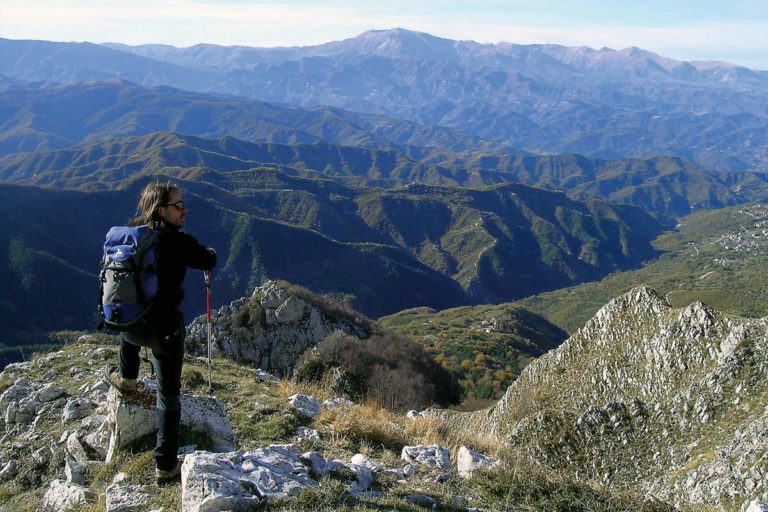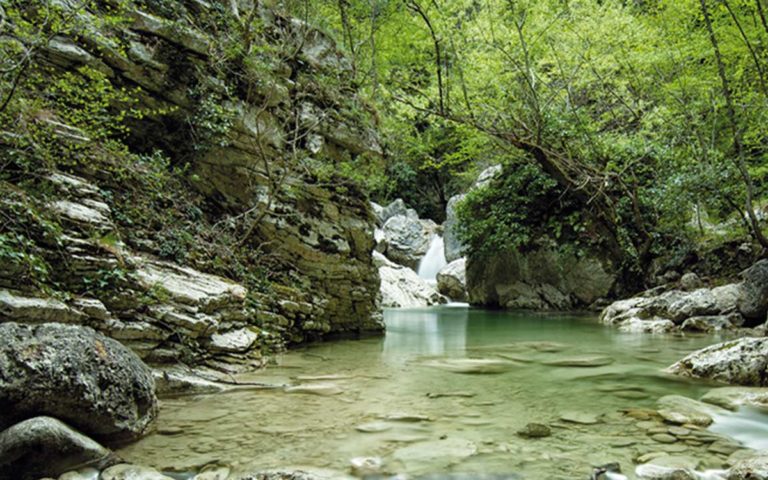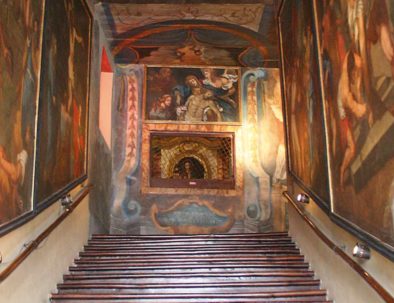
Abruzzo
Surroundings
A stay in Tortoreto is also an opportunity to immerse yourself in the landscapes, culture and history of the hinterland. Abruzzo, a strong and wild but at the same time gentle land, offers tourists real historical and naturalistic monuments.
Teramo
The city of Teramo has very ancient origins, it was the capital of the Praetotium, the name given to the surrounding area under Roman rule. Under the dominion of the Emperors Augustus and Hadrian it lived a golden period of which the baths, the theater, the amphitheater and other monuments submerged by the new city were witness. During the 1400s it was torn apart by the struggles between the families of the Melatini, Antonelli, Spennati and Mazzaclocchi. It then passed under Francesco Sforza and Alfonso of Aragon. In 1798 it passed to the French until 1815 when it returned under the Spaniards to then follow the history and fate of the south.
Atri
Atri was a city of great prestige in the ancient world, since the 11th and 12th centuries BC It was the only city on the Adriatic coast to mint coins before Rome, as well as an important center of trade, thanks to its port on the Adriatic, from here the thesis that the name of the sea itself derives from the ancient Hatria. In Roman times he fought alongside Rome in the wars against Hannibal. The city experienced its period of maximum splendor with the Dukes of Acquaviva. The glorious past of Atri is testified by the archaeological finds scattered throughout the surrounding area.

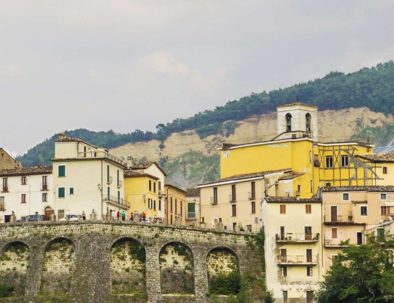
CASTLES
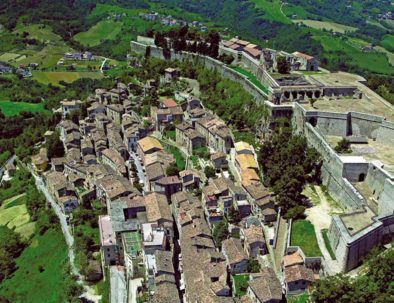
CIVITELLA DEL TRONTO
Sanctuary of San Gabriele dell'Addolorata
Through the millennia, Abruzzo’s religiosity has concretized the expressions of devotion in some great sanctuaries. The first, where over two million faithful come every year, is located at the foot of the Gran Sasso and is dedicated to a young Passionist saint.
Its name is San Gabriele dell’Addolorata. The fame of San Gabriel exploded in 1892 when his mortal remains were exhumed and the first sensational miracles occurred on his tomb. In 1920 he was proclaimed a saint and in 1959 Pope John XXIII declared him patron saint of Abruzzo.



